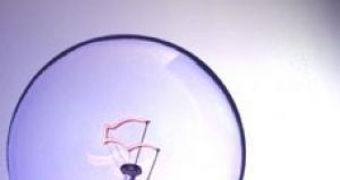You just have to throw a brief look over all the types of energy sources to understand that water is basically indispensable in energy generation whether it is electric energy, natural gas, hydroelectric or nuclear. A research recently initiated by Virginia Tech scientists catalogued energy sources and power generation methods according to their water efficiency.
"Our unit is gallons of water per British Thermal Unit. We selected BTU as a standard unit because it indicates pure energy as heat and is applicable to all energy and power generation methods," says Virginia Tech professor Tamim Younos, associate director at the Virginia Water Resource Research Center and research professor of water resources at the College of Natural Resources.
The research was based on governmental reports using standard measuring units, and involved eleven types of energy sources, amongst which coal, ethanol, natural gas, and oil plus five power generating methods including hydroelectric, fossil fuel thermoelectric and nuclear methods.
The results of the study indicate that the least water efficient energy sources are ethanol and biodiesel, while the most water-efficient energy sources are natural gas and synthetic fuels obtained through coal gasification techniques. Alternatively, geothermal and hydroelectric energy use less water than nuclear power plants.
An average 60 watt incandescent light bulb working 12 hours a day would consume between 3,000 and 6,000 gallons (13638 and 27276 liters) of water in a year, depending on the efficiency of the power plant generating the electric energy.
Virginia Tech undergraduate student Rachelle Hill, also participating in the study says that the results are based on energy produced by fossil fuel thermoelectric plants, which produce about 53 percent of the electric power in the US alone. "The numbers are even more staggering if you multiply the water consumed by the same light bulb by the approximately 111 million US homes. The water usage then gets as high as 655 billion gallons o water a year," she said.
"The numbers are even more staggering if you multiply the water consumed by the same light bulb by the approximately 111 million U.S. homes," said Hill. "The water usage then gets as high as 655 billion gallons (2978 billion litters) of water a year." Compact fluorescent tubes on the other hand can be nearly three times more efficient than traditional incandescent light bulbs.
"There are several variable such as geography and climate, technology type and efficiency, and accuracy of measurements that come into play. However, by standardizing the measurement unit, we have been able to obtain a unique snapshot of the water used to produce different kinds of energy," concluded Younos.

 14 DAY TRIAL //
14 DAY TRIAL //